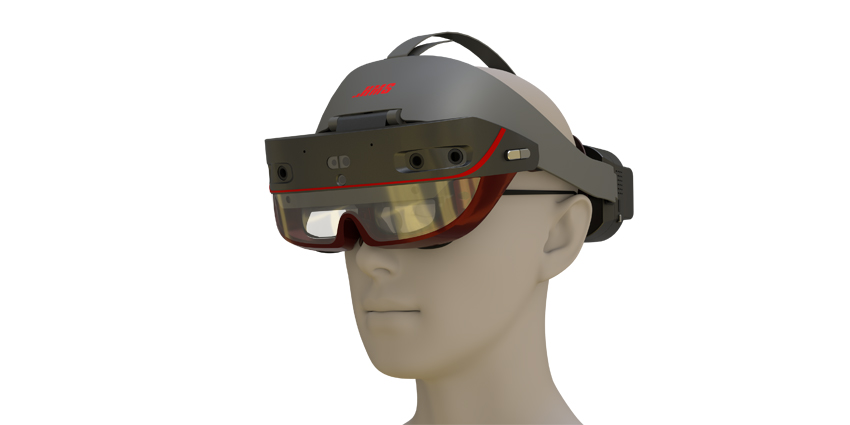Google announced its acquisition of Raxium, a five-year-old startup that manufactures prototyped MicroLEDs and semiconductors for many mixed and augmented reality (MR/AR) headsets, for an undisclosed sum, it was reported on Wednesday.
The acquisition will enable Google to harness Raxium’s research and development (R&D) into AR/MR MicroLED displays, accelerating Google’s extended reality (XR) journey towards an AR/MR headset.
Project Iris
The news comes after reports revealed Google is launching Project Iris, the company’s AR headset, in 2024, and found its prototypes were standalone devices that did not require tethering to an external computing instrument.
The headset would include outward-facing cameras that enable MR experiences, contain Google’s latest Tensor processor, and run on an Android-based operating system.
This January, the Mountain View-based firm’s internal R&D division, Google Labs, added new teams to explore blockchain-based use cases and emerging technologies such as distributed computing and data storage.
It also dedicates crucial R&D time to AR/MR, smart glasses, and cryptocurrency technologies — Google is soon updating its digital wallet system to store Coinbase and BitPay.
Additionally, Google heads the ‘Experiments with Google’ division, focusing on homegrown projects that feature pre-existing Google technologies such as WebXR and artificial intelligence (AI).
Micro LEDs: Powering the Headsets of Tomorrow
Over the past year, Apple invested heavily into researching and prototyping display technologies for AR/MR headsets. Last March, Apple and TSMC partnered to develop new OLED displays for AR headsets. The following September, the Cupertino-based firm requested OLED materials from APS Holdings for upcoming high-quality MR displays.
Apple has filed patent requests with the US Patent & Trademark Office to secure innovative AR/MR displays. In May 2021, Apple confirmed an AR display that works when a user is in bright and low-light environments and later filed a patent for an AR Retinal display that sends images directly to a wearer’s retinas rather than screens.
At the start of the year, microLED manufacturers Porotech secured roughly $20 million to accelerate its distribution and production of gallium nitride (GaN)-based materials and displays. According to the firm, the experimental technology works exceptionally well in poorly lit environments and outdoor spaces.







